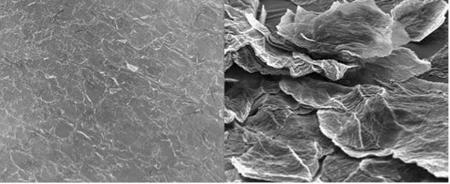Paul J. Matts
P&G Beauty, Rusham Park Technical Center, Egham, Surrey, U. K. Anthony V. Rawlings
AVR Consulting Ltd., Northwich, Cheshire, U. K.
In 1994 two key publications summarized the knowledge on the state of the art of stratum corneum biology and dry skin, namely: “Stratum corneum moisturization at the molecular level” (1) and “The correlation of water content with ultrastructure in the stratum corneum.” Since then, significant advances have been made in our understanding of the pathophysiology of dry skin. This chapter will review these recent findings and from these propose a new model of a dry skin cycle (Fig. 1).
First, however, we need to consider the role of water loss through the stratum corneum (SC). Under normal circumstances, the SC must be as impermeable as possible except for a small amount of water loss to (i) hydrate the outer layers of the SC to maintain its flexibility and (ii) to provide enough water to allow enzyme reactions that facilitate SC maturation events, together with corneodesmolysis and ultimately desquamation (Fig. 2) (4-6). This inbuilt water loss is vital for the normal functioning of the SC. This does, however, generate water gradients within the tissue. Key in precipitating the condition we call “dry skin” is a perturbation of these water gradients within the SC. Scientists at Procter and Gamble were the first to demonstrate changes in SC water gradients in dry skin (7) where about one-third of the outer layers of the SC are reported to contain less than 10% water content (Fig. 3). At this level of water content the SC will be dysfunctional and brittle (8).
The SC uses three main mechanisms to hold onto water:
-the intercellular lamellar lipids whose physical conformation, predominantly an orthorhombic laterally-packed gel and 13 nm long periodicity (LPP) lamellar phase induced by linoleate containing long chain ceramides, provide a tight and semi-permeable barrier to the passage of water through the tissue – the presence of fully matured, rigid, corneodesmosome-bound, and ceramide hydrophobed corneocytes which influence the tortuosity of the SC and thereby the diffusion path length of water

|
|
|
|
|
|
|
|
|
